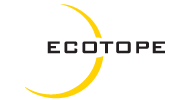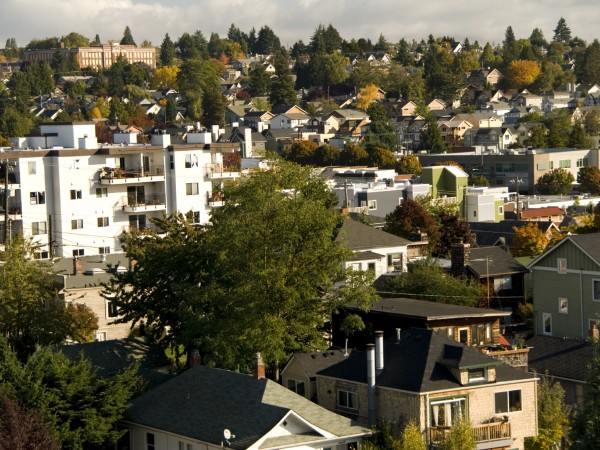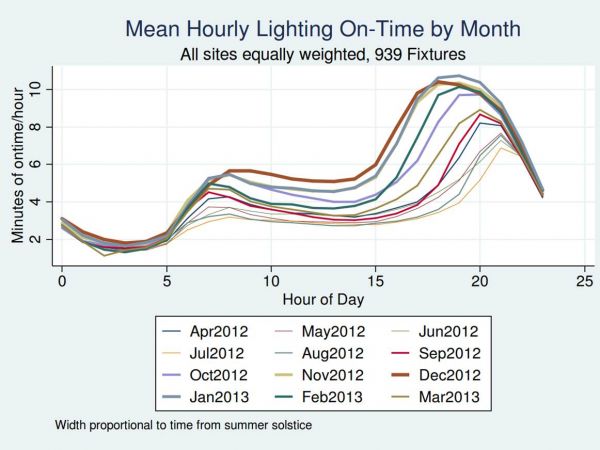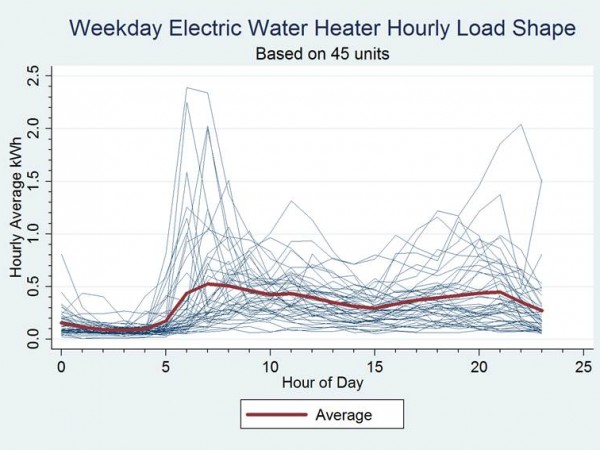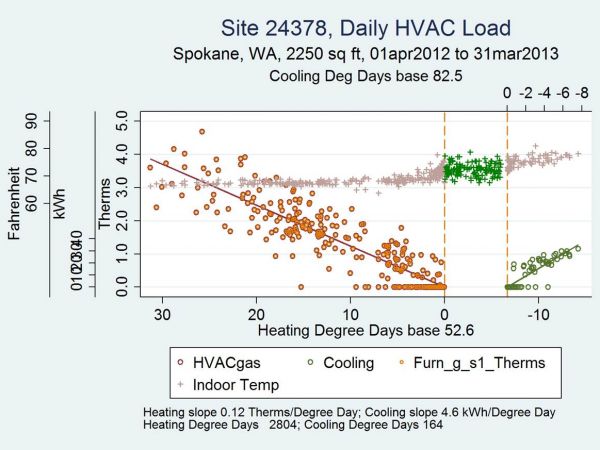2011 Residential Building Stock Assessment
Washington, Oregon, Idaho
Our Team
The primary objective of the Residential Building Stock Assessment was to characterize the existing residential building stock in the Northwest based on field data from a representative, random sample of homes.
What We Did and How
Ecotope led the design, implementation, and stakeholder coordination for the RBSA. The RBSA established the 2011 regional baseline for residential homes and included onsite surveys and billing data for 1,728 site-built and manufactured homes, 230 multifamily buildings, and 551 multifamily units. Stakeholder engagement was a major component of the RBSA. The main objectives were to implement effective stakeholder outreach regarding project goals and activities, to ensure alignment with stakeholder interests and constraints, and to gather critical input on protocols, reports, and databases. Like with many regional projects, RBSA stakeholder engagement was not an option; it was crucial to the relevance and usefulness of the resulting analysis and databases. More than 200 individuals were directly involved in the RBSA project, including Ecotope, seven subconsultants, dozens of field contractors, NEEA, BPA, the Council, the RBSA Advisory Group and 100 utilities that contributed billing data. Under Ecotope’s leadership, the project team developed custom sample designs, survey instruments and protocols, phone surveys, onsite surveys, characteristics and energy use reports and comprehensive databases for all three building types in less than three years.
The Results
Key coordination included:
- Complex sample design. Ecotope coordinated with BPA and utilities across the Northwest to design and incorporate onsite survey oversamples into the overall regional sample. The oversamples more than doubled the size of the regional single-family sample.
- Phone and onsite survey protocols. Ecotope led a formal collaborative process to collect input on the conceptual framework and characteristics for the RBSA survey protocols. Ecotope incorporated detailed feedback from nearly 10 stakeholders on each building type protocol, which each included 500 to 1,000 characteristics.
- Stakeholder and end-user facing communication tools. Ecotope developed consistent messaging for stakeholder and end-user facing communication protocols, including a landing page on NEEA’s website and participant recruiting collateral.
- Billing data collection. Ecotope set up individual utility accounts for 100 utilities on Ecotope’s secure data transfer portal. Ecotope requested billing data for more than 12,000 individual meters via email and telephone outreach with participating utilities. Ecotope posted detailed data requests, customer lists, and sample templates on the secure portal and maintained ongoing engagement with utilities while they gathered and uploaded billing records to the site. Ecotope was able to obtain and use billing records for more than 90% of the RBSA participants for all three building types. This success was critical to the integrity of the resulting RBSA billing data analysis, which benchmarked residential energy use and has been used by the RTF to calibrate SEEM for use in measure development efforts.
- Database development and review. Ecotope initiated and facilitated a requirements gathering effort with regional stakeholders to ensure relevant and effective databases. Based on these design inputs, Ecotope designed flexible, transparent and user-friendly databases. Ecotope also managed a technical review of the draft databases and incorporated detailed QC comments into the final databases.
